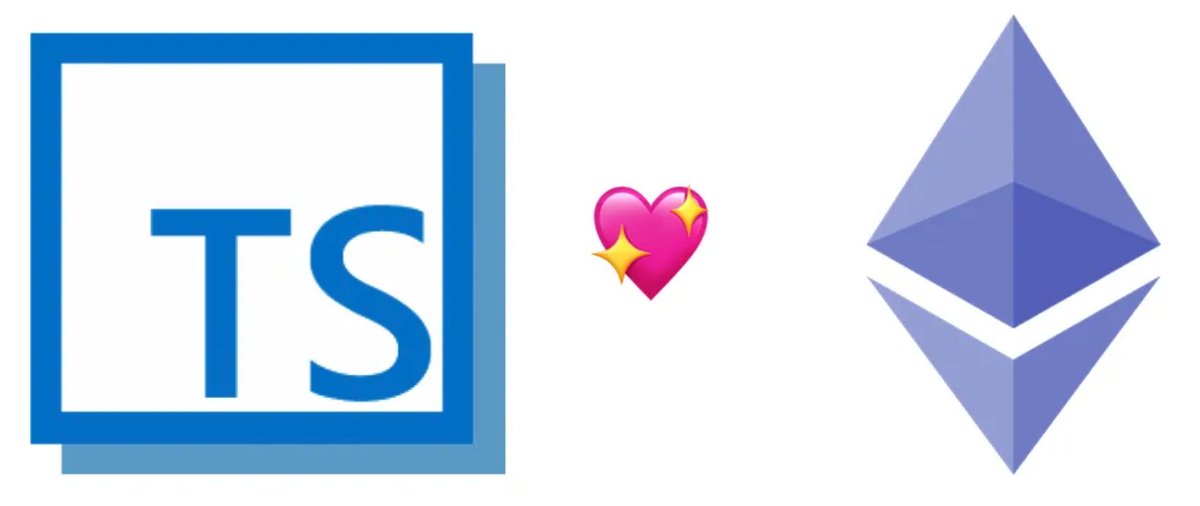1/ It's high time for @optimismPBC vs @arbitrum. I know you've been waiting for it so let's go!🔥🔥🔥
Long 🧵
Long 🧵

2/ Let me start with similarities, they both:
• are rollups ie. real L2s and they store all txs on L1
• are optimistic meaning they use fraud proofs
• are rollups ie. real L2s and they store all txs on L1
• are optimistic meaning they use fraud proofs
3/
• use sequencers for instant "finality"
• have generic cross-chain messaging allowing creation of advanced token bridges like @MakerDAO's fast withdrawal bridge: forum.makerdao.com/t/announcing-t…
• use sequencers for instant "finality"
• have generic cross-chain messaging allowing creation of advanced token bridges like @MakerDAO's fast withdrawal bridge: forum.makerdao.com/t/announcing-t…
4/ Now, the fun part - differences. The biggest distinction is what happens when two parties disagree on the state after executing a tx ie. implementation of the fraud proof (FP) mechanism.
5/ Optimism uses single round fraud proofs. This means that L1 executes the whole L2 transaction on-chain to verify the state root. This makes FPs instant which is nice.
6/ But there are some problems too:
• you need to supervise tx execution hence need for OVM (aka rewriting EVM to avoid sideeffects)
• L2 tx gas is bound by L1 block gas limit
• you need on-chain state roots after each TX - costs more :(
• source of potential security issues
• you need to supervise tx execution hence need for OVM (aka rewriting EVM to avoid sideeffects)
• L2 tx gas is bound by L1 block gas limit
• you need on-chain state roots after each TX - costs more :(
• source of potential security issues
7/ Arbitrum features multi-round fraud proofs. You can dumb it down to doing a binary search between two parties to find the first opcode of a whole block that they disagree on. Once found only this particular opcode is executed on-chain.
8/ It has some nice properties:
• it requires posting on-chain just one state proof for a whole bunch of txs,
• L1 block gas limit doesn't matter since L2 txs will never entirely execute on L1
• it requires posting on-chain just one state proof for a whole bunch of txs,
• L1 block gas limit doesn't matter since L2 txs will never entirely execute on L1
9/ Drawbacks:
• It requires EVM -> AVM translation (thankfully it's automatic)
• it's slow - in the worst case it takes up to 2 weeks to finish FP. Realistically it's 1 week.
• requires original claimer to be online and cooperative
• It requires EVM -> AVM translation (thankfully it's automatic)
• it's slow - in the worst case it takes up to 2 weeks to finish FP. Realistically it's 1 week.
• requires original claimer to be online and cooperative
10/ Another way of thinking about this is that Optimism does containerization and Arbitrum virtualization.
11/ Optimism's approach has one *HUGE* drawback. Imagine that there is a hardfork and Ethereum consensus rules change. One of the opcodes is removed/repriced or modified in some other way.
12/ Suddenly re-executing past tx on L1 will result in a different final state 😨 I am not sure how Optimism team is going to solve this but I am sure they will figure out something when the time comes. Arbitrum fully controls AVM specs and doesn't have this problem.
13/ Both projects try to stick as close as possible to the ethereum ecosystem but there are some differences here too. Generally speaking, you can still use EVM-related tooling that you know (solidity, hardhat, waffle etc.) BUT it's not that simple.
14/ Optimism requires a special solidity compiler to generate OVM bytecode. So, unfortunately, it works only with Solidity and only with particular versions of solidity. On the other hand, their L2 node is just modified geth which is great for compatibility.
15/ Arbitrum on the surface is fully compatible with EVM/JSON RPC spec but their node is a custom implementation. It does automatic EVM→ AVM transpilation to support fraud proofs. Thanks to this low-level translation, it supports any EVM language (vyper, YUL+ etc).
16/ Optimism uses weth but Arbtirum has native eth support. Optimism launches with wallet abstraction built in too.
17/ Arbitrum launches with a unified permissionless bridge to bridge any tokens to L2 (it deploys generic ERC20 as a L2 counterpart). Optimism prefers dedicated bridges but of course, deploying "unibridge" on optimism is possible as well. @dmihal knows more about this ;)
18/ The last difference is a launch date. Arbitrum launches "mainnet for developers" at the end of the month. For Optimism, we will have to wait until July.
19/ If you want to learn more, I recommend watching @karl_dot_tech and @hkalodner friendly debate moderated by @stonecoldpat0:
20/ Personally I am cheering for both projects and I can't wait for them to arrive on the mainnet. The whole ethereum community is in desperate need of a proper L2 solution, not some smoke and mirrors scalable sidechain (ekhm).
21/ Oof, this was my longest tweetstorm ever. Let me know what do you think. If you want to check out Optimism bridge example take a look at: github.com/BellwoodStudio… We will have Arbitrum compatible version ready next week 😏
• • •
Missing some Tweet in this thread? You can try to
force a refresh


















